Holland vs USA: Padel - Pickleball Faceoff
Padel and pickleball are having a popularity contest globally. While both sports share some similarities, there are notable differences in the interest and adoption of padel and pickleball between the Netherlands and the United States.
Look at the rise in interest in Padel vs. Pickleball in the Netherlands since mid-2020. Padel one: Pickleball zero.
Look at the rise in interest in Padel vs. Pickleball in the USA during the same period. It is almost the polar opposite. Padel is not even on the chart.
Why?
In the Netherlands, Padel has a longer history and deeper roots compared to Pickleball. Padel was introduced in the country in the late 1970s and has since gained a strong following, with dedicated facilities and clubs across the country. On the other hand, pickleball originated in the United States in the 1960s and initially gained popularity among the older population before gradually spreading to different age groups.
Court Culture
Cultural factors influence the preferences and interests of sports in different countries. In the Netherlands, there is a strong tradition of racket sports, such as tennis and squash, which have paved the way for the popularity of padel. The Dutch have readily embraced padel due to its similarities to these existing sports and its social and competitive aspects. In the United States, the sporting landscape is more diverse, and while racket sports are popular, the dominance of tennis has potentially impacted the initial growth of pickleball.
The availability and accessibility of facilities play a crucial role in the interest and growth of sports. In the Netherlands, padel has seen significant investment in dedicated courts and infrastructure. Padel clubs and facilities are widespread, making it easier for individuals to access and play the sport. In contrast, although pickleball is growing rapidly in the United States, the availability of dedicated pickleball courts is not as widespread as tennis or other sports facilities. However, there has been an increase in the conversion of existing tennis courts into pickleball courts to meet the rising demand.
Demographics Count
The player demographics differ between the Netherlands and the United States in terms of age groups and target audiences. Padel in the Netherlands attracts players of various ages and skill levels, including both recreational and competitive players. In the United States, pickleball gained popularity initially among the older population due to its lower physical impact and accessibility. However, in recent years, the sport has seen a surge in popularity among younger generations as well, leading to a broader demographic of players.
Competitive Edge
International competitions and exposure also impact the interest in a sport. Padel has a well-established international circuit, with professional tournaments and world championships. The Netherlands has been actively involved in international padel events, contributing to the sport's growth and visibility. While pickleball has seen some international expansion, it is still in the early stages of developing a widely recognized competitive circuit.
My vote on that will happen off the chart? Pickleball in regions like Caribbean that do not have the resources for expensive Padel facilities will adopt Pickleball. While there is a strong Dutch presence in the Bonaire and Curacao, most of the region is influenced by its northern neighbour: Canada and the US. Tourism and local factors will impact the adoption in the region.


